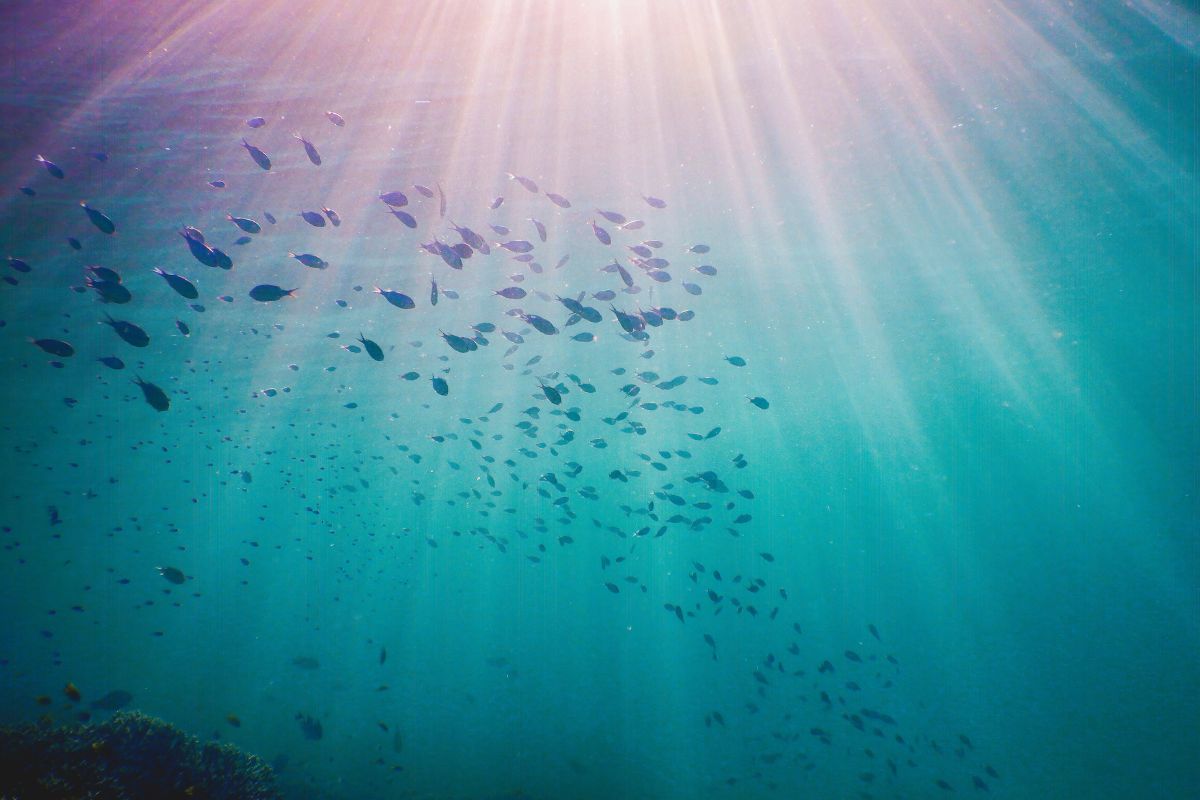Japan has been planning to mine rare earth elements around the Pacific island of Minamitorishima for several years, and the United States may now join the effort following the recent conclusion of a bilateral minerals agreement.
Last week, Japan and the U.S. agreed to deepen cooperation on critical minerals (we reported). As part of that framework, the two nations also intend to work together on deep-sea resource extraction, Reuters reports.
Specifically, joint exploration of rare earth deposits in waters surrounding the Pacific island of Minamitorishima is under consideration, Japanese Prime Minister Sanae Takaichi told parliament on Thursday. Japan has been pursuing plans to extract critical minerals from this area for several years as part of its strategy to reduce dependence on Chinese imports. The site, located roughly 1,900 kilometers southeast of Tokyo, lies within Japan’s exclusive economic zone.
According to Takaichi, deep-sea mud in the region is believed to contain rare earth elements. Test mining from a depth of about 6,000 meters is scheduled to begin in January 2026. If successful, Japan plans to trial a system the following year capable of extracting around 350 tons of sediment per day.

Minamitorishima is a remote Pacific island about 1,950 kilometers southeast of Tokyo.
Map data ©2025 Google
Japan, along with countries such as Norway and the United States, is among those leading the way in the commercialization of deep-sea mining. Compared to some land-based ore extraction methods, the process generates less radioactive waste, according to a 2020 article in the journal Nature. However, developing the necessary technology remains a significant challenge. Deep-sea mining is also highly controversial, as its environmental impacts are still poorly understood. Many countries have therefore called for a moratorium until the ecological consequences are better assessed.
Photo: Elliot Connor via Canva

